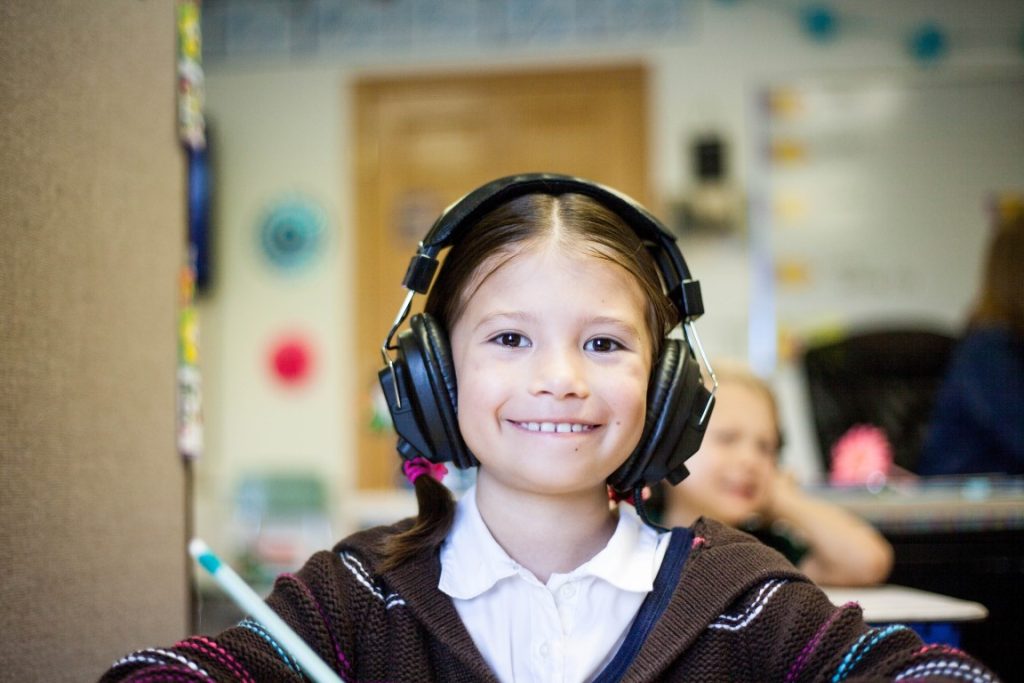With the coronavirus pandemic highlighting the discrepancies within the global education system, the role of edtech in bridging those gaps and creating a more efficient and smoother learning experience has become all too clear.
With that in mind, chairman and founder of GEMS Education, Sunny Varkey, has launched TMRW, a scalable learning operating system designed to cater to the needs of every curriculum, context and mode of learning, whether brick-and-mortar, virtual or blended.
Arabian Business sat down with the CEO of TMRW, who is also GEMS Education Group’s chief disruption officer, Krishnan Gopi, to learn more about the “operating system for the world”.
As Gopi explains, TMRW is an interoperable all-in-one integrated platform, which is built to be accessible and affordable for government-funded schools working in both the developed and developing world settings.
“We already have a big pre-ops pipeline and are working with governments in the region. We are also working with big countries in Africa and Southeast Asia in becoming their learning management partner across the globe,” said Gopi.
Aside from that, a medical college in the region is using the platform and TMRW is working with exam boards on becoming their tech partner, he said.
What was the impact of coronavirus on edtech and how did that lead to the creation of TMRW?
When the pandemic happened, everything changed all at once as 1.5 billion students were impacted and 1.8 trillion learning hours were lost.
So suddenly the disparity between the equity, equality and access to education between the rich and poor widened significantly, the result being that the impact of the learning-loss we had during that period will remain for centuries to come.

When the lockdown measures [to curb the spread of coronavirus] went into effect, everything had to go online and although many schools had edtech programmes in place, they were not integrated together and did not solve all of the issues remote education had raised.
We’d been using our platform for the past 15 years so we went in with all colours flying during the pandemic and successfully ran around 30 million online classes with 95 percent parent satisfaction and 96 percent student satisfaction.
So, on the positive side, the pandemic accelerated digital adoption by three-to-five years but, on the negative side, it highlighted inherit risks within the education technology ecosystem.
Suddenly educational stakeholders realised that all those edtech companies they thought were doing great were not really helping in running a school during the pandemic because they were not connected to each other and integrated in one platform.
How does TMRW address those issues?
The TMRW platform helps students learn better, teachers teach better, parents be more engaged and schools be more efficient.
For students, all the information they need, including their assignments and lessons, are in one place, whereas today they are using five-to-six platforms to have that.

Teachers can define lessons and curriculum, create synchronised lessons, take attendance and track behaviour and student performance with one click and more all through the platform. Through using TMRW, teachers can increase their efficiency by up to 40 percent.
Unlike our platform, commonly used learning platforms don’t have a parental view option, which means parents are often left in the dark when it comes to having visibility about where their children are, education-wise, and their projected outcomes. We use an AI system which, using a blend of parameters we’ve identified, can predict learning outcomes if the student continues on the same path.
How does the platform support wellness?
We have a project called GEMS’s Active Kid, which is a module within the software, and is something that encourages students to perform physical activity through a marks system whereby they get points every time they complete a physical activity task or video.
We also have constant reminders asking students how they feel several times a day, which is available for teachers to see. If teachers see that a child is often reporting that she or he is feeling stressed or anxious, they can intervene and refer them to the school’s health and wellness team as needed.
There is also a ‘concern tracker’, where students can report bullying or harassment.

How do you see the future of education?
The future of grade school is going to be blended, while the future of higher learning will be digital because there are a lot of advantages of having the borders broken when it comes to K-12.
During those formative years, there is absolutely a need for physical interaction [among students] because there is a lot of emphasis on collaborations, labs and sports classes, and problem solving as a group. So that part of the learning process will need to take place in schools, while the actual lessons can be online.
Generally, I see five main trends when it comes to the future of education:
- Education will be highly personalised and adapted. Students with high IQs may be able to finish a grade level faster than their peers so why make them wait for the others to catch up, for example?
- Delivery of learning will change as technology becomes more commonplace.
- The role of teachers will go beyond teaching subject-matter towards being more of a facilitator and advisory as AI gets more involved in teaching.
- Content will become democratised so we will not have multiple curriculums in the next ten years and there will be more collaboration and convergence on a common curriculum.
- The line between K-12 and college will slowly fade away. The likes of Google and Microsoft will come and pick students at the age of 16, if they know how to code, rather than wait for them to get a bachelor degree.
Latest in education:
French-born education outfit explains UAE expansion strategy >>
Education major GEMS welcomes 1,600 new teachers in the UAE >>
Why business opportunities are rife in education, with blended learning here to stay >>






